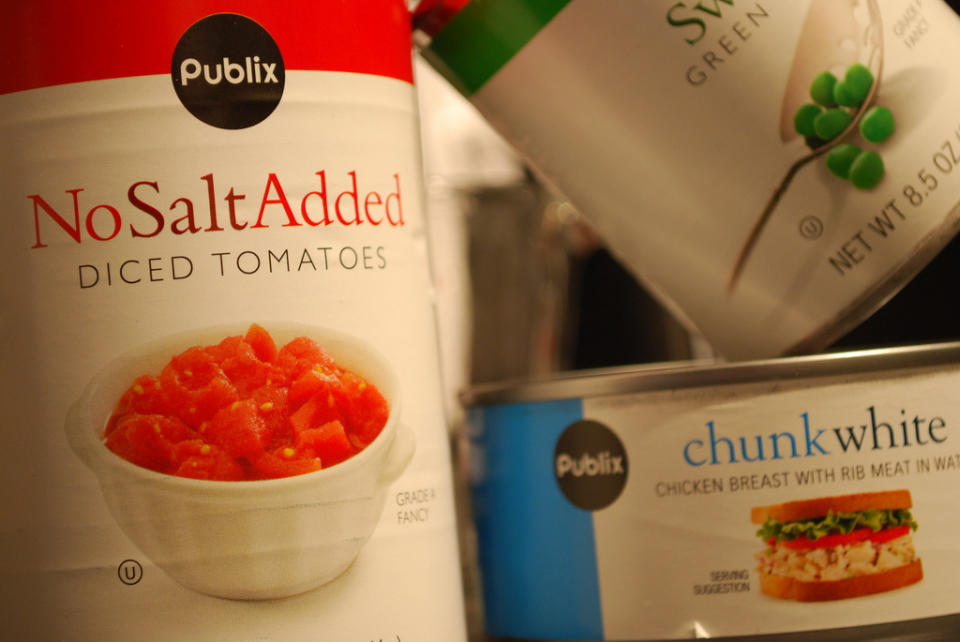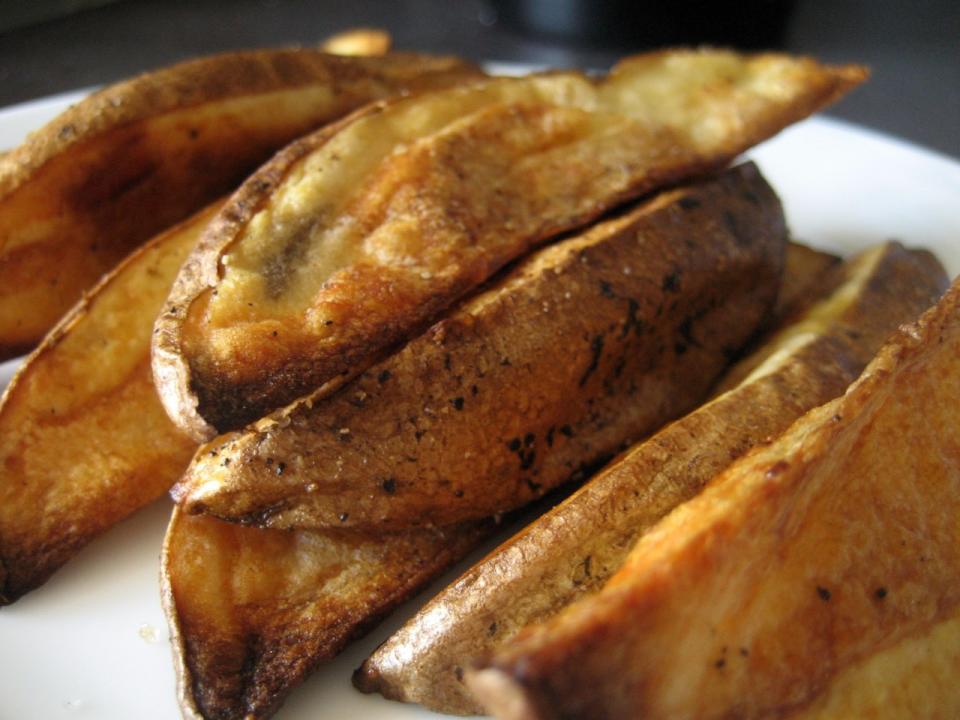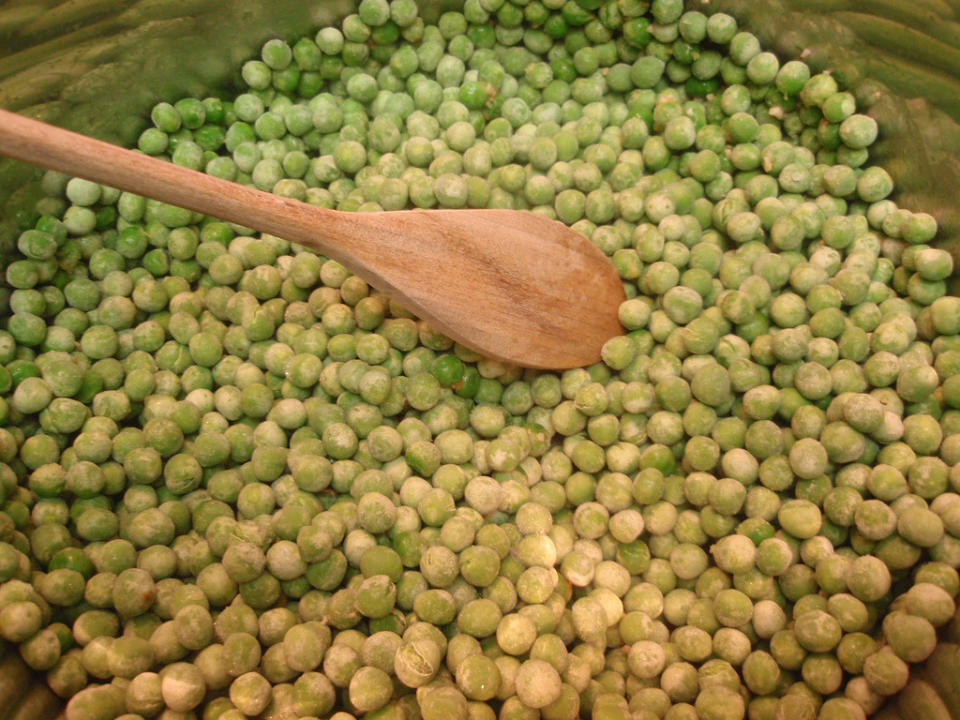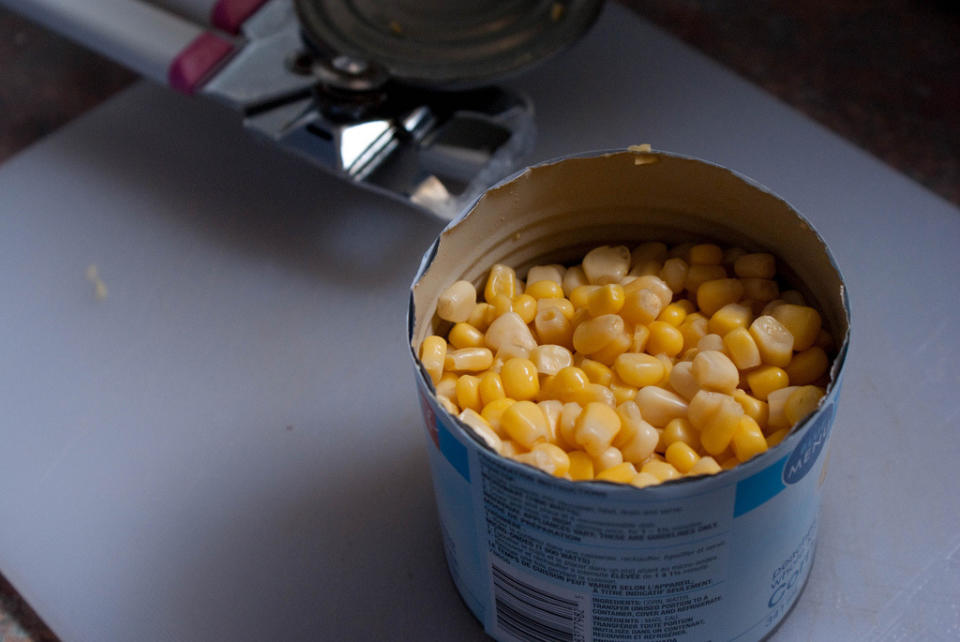Which Fruits and Veggies Are Totally Fine to Not Buy Fresh
By: Dan Gentile

In a perfect world, everyone would eat fresh, locally grown produce. But in the real world 40% of fresh produce ends up in the landfill, so, yeah, we’re not very perfect. The problem is, many fruits and veggies lose their flavor when frozen or canned… or, even worse, end up tasting like metal.
So, which veggies fare best in the pantry and freezer? We spoke with the Lori “Produce Mom” Taylor about which vegetables have the best quality to cost ratio in the long run.
More: No Butter? No Problem: Every Baking Substitute You Could Ever Need

Tomatoes
“Tomatoes are the number one,” says Lori. “You can find fresh, flavorful tomatoes year round, but the price isn’t as consistent as the canned product.” A great argument for buying canned is that tomatoes are one of the most perishable produce items. There’ also consistency in price. But the main benefit is that the convenience of popping open a can of diced and spiced tomatoes saves you tons of time and embarrassment in the kitchen.
Butternut squash
“Your average at-home cook doesn’t have the knife skills or quality of knives to cut through many hard squashes,” says Lori. Frozen, peeled, and diced versions have been becoming popular because they have a much greater yield.
More: 10 Costly Mistakes You’re Making at the Grocery Store

Potatoes
“Think of how big the frozen hash brown and french fry section is. Potatoes are a huge commodity, and as long as you bake the frozen potatoes, you’re not sacrificing nutrients,” says Lori. Also, when French fries are in your freezer you can have French fries anytime.
Leeks
Vegetables should almost always be washed, but some take more scrubbing than others. “There’s so much dirt inside the leaf, it’s really hard to clean them properly. If you can find frozen or canned, you don’t have to deal with the nuisance of triple washing it,” says Lori. That means less hand-washing, too. Which, well, you weren’t going to do that anyway.

Artichokes
“It’s a fact of life that a lot of people don’t know how to prepare an artichoke,” says Lori. Going canned sacrifices the meat from the pedals, but it yields far more hearts than a fresh product. It’s particularly well-suited for spinach artichoke dips, which is the red-headed step child of almost any potluck, and fresh vegetables shouldn’t be wasted on gingers.
Strawberries
“Strawberries might be $1.99 in July, then in November they’re $6,” says Lori. Frozen will never be as good as a fresh berry, but during slow seasons you could easily be caught paying a 300% price increase, which is unheard of in most any other consumer market.

Green peas
“When was the last tie you saw fresh, English green peas in the grocery store?” asks Lori. They’re seldom seen, and part of the reason they’re a Giant canned commodity.
Cleaned and chopped spinach
Leafy greens are one of the most volatile products on the produce market, because as little as one night of frost in California can swing the price from affordable to ripoff. Sometimes fresh is actually cheaper, but you can’t beat the convenience of frozen. “It’s just so convenient to thaw and drain the cleaned and chopped spinach,” says Lori. Add it to pasta dinners, appetizer dips, or smoothies. Or just pair it with Olive Oil.

Corn
It’s hard to find true sweet corn in the fresh produce department outside of summer months, but canned is delicious year-round. “I have canned corn on hand all the time. It’s the convenience, consistent price, and it always tastes sweet,” says Lori. The lack of prep time also makes it an easy addition to any recipe.
Beans
“Legumes are considered part of fresh produce, but it’s very hard to have the time to prepare dried beans. I’m a huge advocate of canned,” says Lori. Pro-tip: always rinse off the beans before cooking to lower the sodium content.
Pearl onions
“It’s hard to find pearl onions in the fresh produce department, but it’s a really popular ingredient in more foodie type dishes,” says Lori. The scarcity and expense has made them one of the top items in the frozen food section, so you don’t need to spend a ton of clams to get those pearls.
More from Thrillist:
The One Must-Eat Food in Every State

